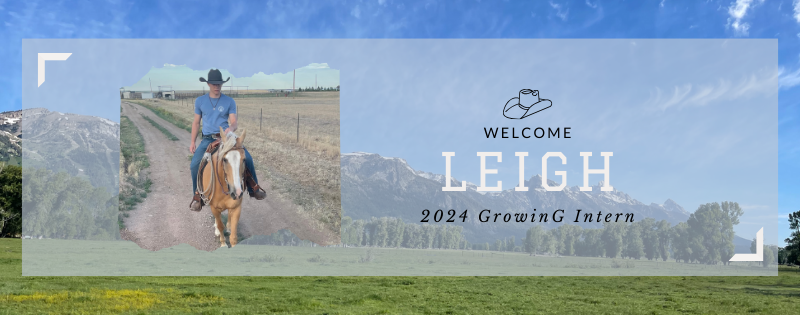Out of the Frying Pan
#bfrdpwy #aginternship #RightRisk
The first half of this week was primarily focused on peeling tin off the barn roof so that roofers could come in on Wednesday and put a new tin roof on. This project was pretty cut and dry, and while it took a while, wasn’t difficult to do.
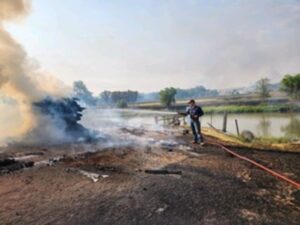
The second half, however, was a little different. This week, Sheridan suffered a 6,000 acre fire, sprawling over several nearby ranches, engulfing plains, hills, and timber. Wednesday afternoon into Thursday morning found the ranch’s employees putting in the hours fighting the fire. My host is a volunteer firefighter and has a truck from the fire department and he employed it to battle the flames.
I found myself on polaski duty, swinging the tool to bury the flames in the grasses that the truck couldn’t reach. This was about the only task to have physically beaten me thus far—some things have been difficult for other reasons, from technique to having to think in a different manner, but fighting fire with an axe and a dream really whipped me. Fortunately, when I eventually faltered, host and another ranch employee were there with the hose or shovels of their own to help me.
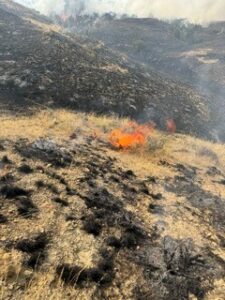
On Friday, my host and I went up the mountain to set up some electric fencing, which was more or less a ribbon with wire running through it and several portable posts running down the length hooked up to a solar-powered battery. This was a pretty neat way to quickly set up and tear down pastures, and while I’ve read about it and seen it done on videos about holistic management, I’d never fiddled with it myself, so the hands-on experience was welcome.
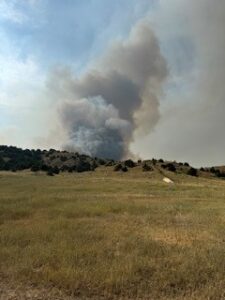
One of the big lessons I’m taking away from this week was crystalized on Thursday on the fire. When I thanked the others for hopping out and joining me in the labor, my host responded: “It’s not a one man job.” While he was specifically talking about fighting fire, it struck me that that’s the essence of ranching—no part of this job is meant to be done alone. Sure, it can be, but it’s best done as a team, and every single task I’ve done over the past nine weeks has proved it, from poisoning prairie dogs to fencing to working cattle. In this, ranching is a lot like wrestling or cross country or track—you might compete alone, but your work impacts the success of the team directly. I was often solo while gassing rodents, sure, but because I was doing that while Andrew was checking water and my host was fixing a side-by-side, the ranch will be in better condition than we found it.
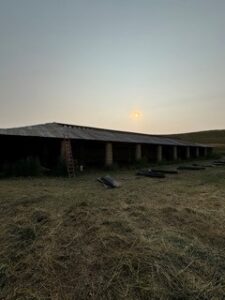
Applying that thought process, I think ranch management is most effective if you have pairs or teams running most tasks, with supporting tasks (like weed and pest management or water/salt checking and distribution) being operated solo. Skeleton crews work pretty well, as I’ve seen both in military operations and in ranching, but it’s always good to have a partner for working cattle or land, whether that be just for a second opinion on if that cow’s lame or for that extra hand putting out a fire.
Submitted by: Leigh Stockton
Edits by: GrowinG Internship Team

